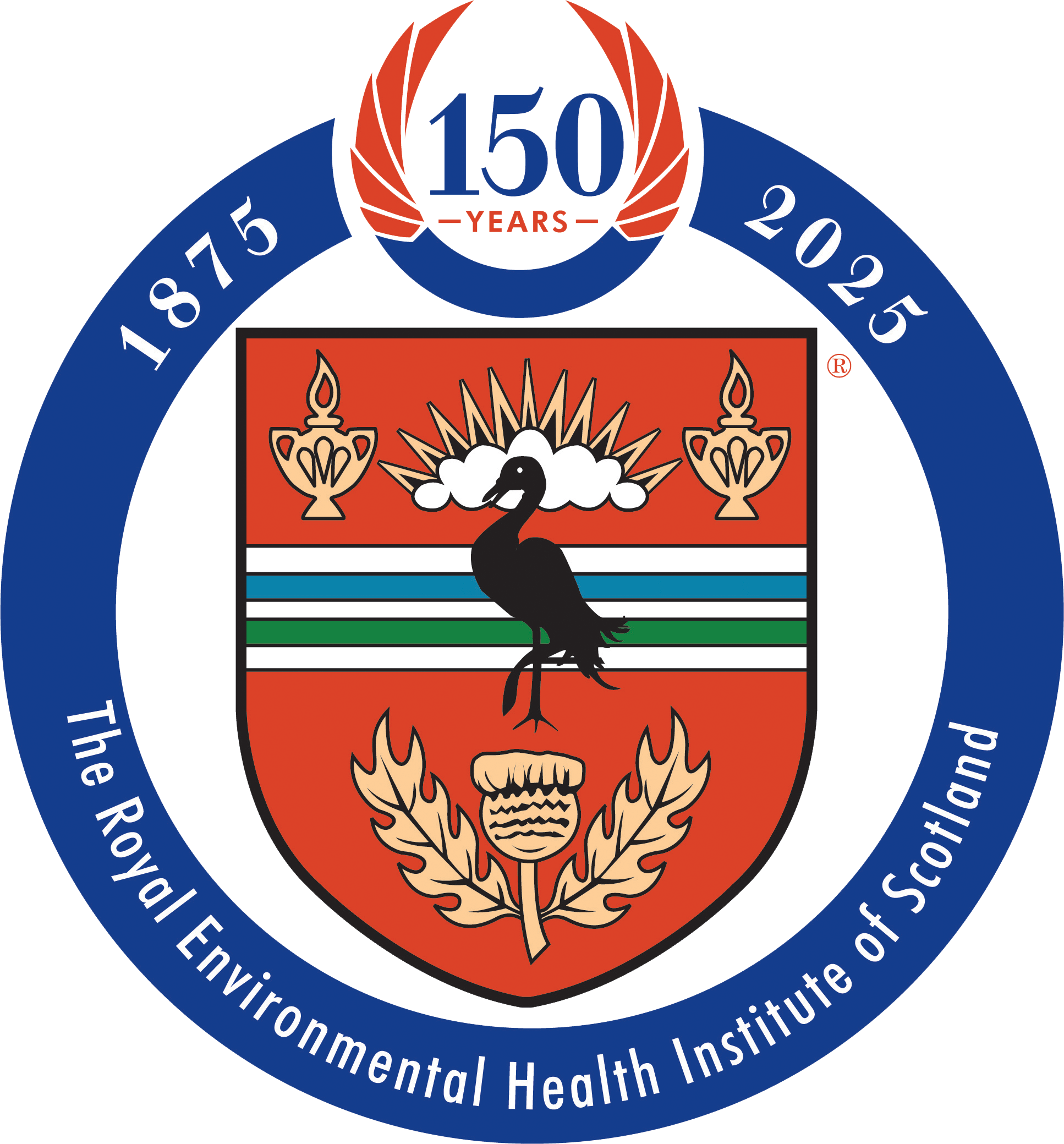
DEFRA has published the annual Emissions of air pollutants in the UK figures and, while the trend for most major sources of air pollution is downwards, domestic wood burning is once again under the spotlight.
The emissions covered in these figures are particulate matter (PM10 and PM2.5), nitrogen oxides, ammonia, non-methane volatile organic compounds and sulphur dioxide.
Between 2005 and 2022 the UK met its emission reduction commitment to all the above pollutants. Shown below is the target for 2022, the reduction that was actually achieved and what that reduction needs have grown to by 2030
Ammonia: 2022 target: 8% • Achieved: 12% • 2030 target: 16%
NMVOCs: 2022 target 32% • Achieved: 44% • 2030 target: 39%
Nitrogen oxides: 2022 target 55% • Achieved: 63% reduction • 2030 target: 73%
PM2.5: 2022 target 30% • Achieved: 42% • 2030 target: 46%
Sulphur dioxide: 2022 target 59% • Achieved: 85% • 2030 target: 88%
The UK does not have emission reduction commitments for PM10.
Nitrogen oxides (mostly from road transport and energy) and Sulphur dioxide (mostly from energy and industrial combustion) emissions have been reduced most dramatically since 2005 but the rate of reduction is slowing down notably.
Emissions from agriculture contributed 87% of total ammonia emissions in 2022 a slight increase since 2010, partly because of variations in weather conditions affecting crop planting and fertiliser use.
By 2012 NMVOC emissions (domestic solvents being the worst single source) had already been drastically reduced from their 1970 levels. Tougher regulations has seen the contribution from transport fall from 33% in 1990 to just 4% in 2022, while emissions from Scotch whisky production have increased by 98% since 1990.
PM2.5 emissions have been falling since 1970, thanks to the reduction in the use of coal and improved emission standards for transport but, over recent years, the rate of change has reduced. Compared to earlier decades, emission levels have been relatively steady, with small annual fluctuations.
The report observes that decreases in emissions from other sources have been largely offset by increases in emissions from domestic wood burning.
It states: ‘Domestic combustion covers households burning a variety of fuels including wood, coal, solid smokeless fuels, and fuels derived from waste such as coffee logs. This was a major source of PM emissions in 2022, as it contributed 29% of total PM2.5 emissions and 15% of total PM10 emissions.
‘Most emissions from this source come from households burning wood in stoves and open fires. The use of wood as a fuel contributed 75% of both total PM2.5 and PM10 emissions from domestic combustion in 2022.
‘Domestic combustion of wood contributed 22% of overall PM2.5 emissions and 11% of overall PM10 emissions in 2022.
‘Emissions of PM2.5 and PM10 from domestic wood burning increased by 56% between 2012 and 2022.
‘In the 1970s, 1980s and 1990s, coal combustion was the primary source of PM emissions from households; yet the use of coal as a fuel has fallen over time (in 2022 the combustion of coal contributed 12% of PM2.5 emissions from domestic combustion).’
The full reports can be accessed here









